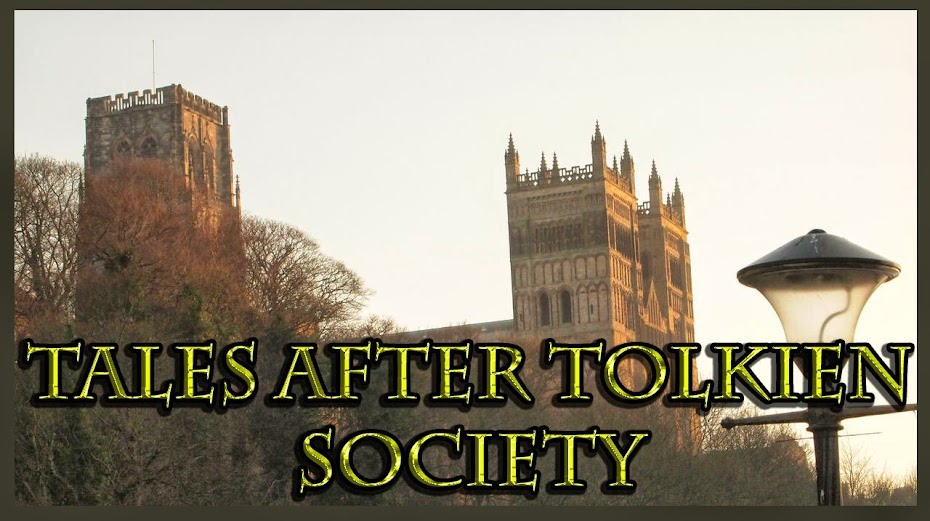Read the next entry here!
Adora meets a new princess, and an alliance begins to build.
1.4, "Flowers for She-Ra"
Written by Noelle Stevenson and Josie CampbellDirected by Lianne Hughes
Synopsis
 |
| What a thing to be put off by... Image taken from the episode, used for commentary. |
The next morning, Adora wakes in Glimmer's bed. After an initial shock, the two confer, and Glimmer informs Adora that she is to attend a planning meeting. The surroundings impress her, and Glimmer lays out some of the background of the rebellion Adora has joined; it is fractured after an earlier, significant defeat, with most of the princesses keeping to themselves. After a social gaffe, Adora listens to the briefing Angella gives; Princess Perfuma of Plumeria is besieged by the Horde and requests aid. Angella orders humanitarian aid dispatched--and rejects Glimmer's proposal of an armed response. Adora volunteers to lead the mission, and Angella reluctantly agrees.
 |
| It is surprising. Image taken from the episode, used for commentary. |
Glimmer and Bow confer about the state of affairs in Plumeria when they arrive--they are much worse than had been expected. Adora, as She-Ra, follows, bringing supplies in single-handedly; she exults in the power and popularity of the form, even as Bow notes the nearby presence of the Horde.
 |
| What else would a Princess Perfuma of Plumeria look like? Image taken from the episode, used for commentary. |
In the Fright Zone, Shadow Weaver approaches a large crystal and tries to impose her will upon it before she is addressed by Hordak. He rebukes her insubordination and orders her to take Plumeria. She does not take it well.
The Plumerians fawn over Adora, and Bow makes things worse in that regard. They seem to expect that She-Ra will heal the forest, and Adora proposes investigating the nearby Horde activity. Perfuma demurs, citing her own and her people's weakness. Adora is confused about how to proceed, though she makes the attempt sincerely if ignorantly and ineptly. And all the while, the Horde approaches, poisoning the local fauna. Adora is obliged to reveal her inexperience.
 |
| The Plant Princess props up the people. Image taken from the episode, used for commentary. |
Melee ensues, and amid it, Adora destroys the Horde's machines, setting back their efforts against the rebellion and healing the land that had been tainted. Perfuma's powers are restored, and she chases the Horde away. Glimmer invites Perfuma to join an alliance, and Perfuma agrees enthusiastically.
Shadow Weaver confronts Catra about Adora once again, sending out her own forces against her former ward. But in Bright Moon, all is well.
Discussion
While the residents of Plumeria evoke the commune-dwelling hippies of the 1960s and 1970s more than anything else, there is something about them that brings to mind medieval monastic communities. They practice a simple life that seeks more to be left in peace than most anything else, and there is evidently a focus on prayer among them. Indeed, among Perfuma's first words in the episode is an ascription of the Bright Moon party's arrival to providence, with She-Ra as something of a messianic figure.And on the subject of names, there is something that reads to a twenty-first century audience as somewhat silly in calling a plant princess Perfuma--or, really, many of the emblematic names that have popped up in the series so far. But such names, working from descriptions as much as serving as unique identifiers, follow long-standing practices across cultures, which take many names from nearby objects or actions performed. How many Coopers and Hunters and Archers and Smiths are in the English-speaking world? How many Guerreros and Zapatas in the Spanish-speaking, or Schwarzes in the German-speaking? And how many such names in the chivalric literature that serves as at least one set of antecedents for the series? La Cote Male Tayle, though a name given in mockery, is still one to be found in Arthuriana, as is Beaumains. Hengist and Horsa are, upon consideration, similar. Silly as they might on the surface sound to modern hearing, the character names in She-Ra do speak to long tradition that spans cultures but is amply attested in the medieval.











